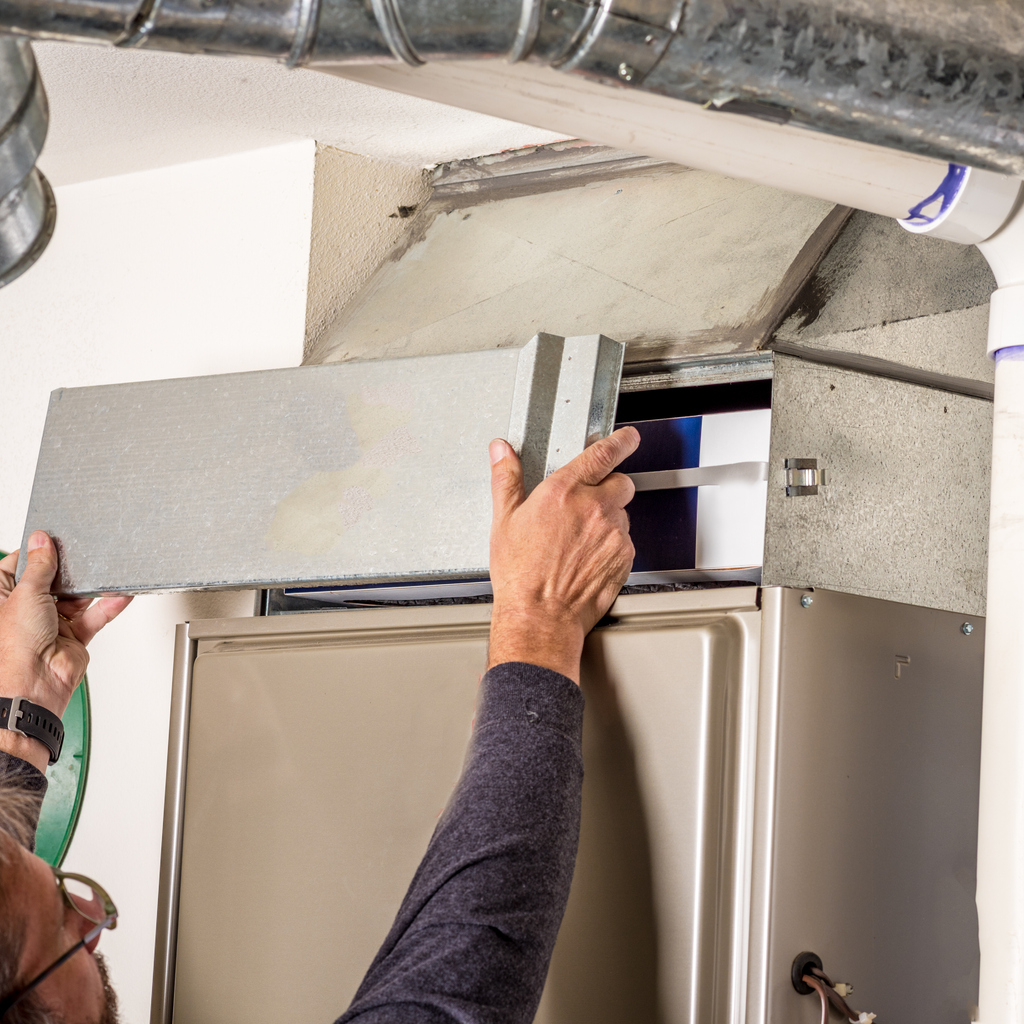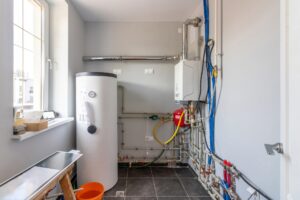How an Automatic Standby Generator Works: An Explanation

We talk a lot on this blog about powerful whole-home generators that can do amazing things—but we rarely go over the details. This is usually due to the fact that many customers don’t really want to concern themselves with the “how” or “why” their system works, just that they get something that truly does work when it’s supposed to. We completely understand this perspective and think it’s perfectly fine.
But for curious customers, that’s not enough. They want to know how the system works from start to finish so they can feel like their purchase was justified. This makes sense too, human beings are smart and we often want to figure out or discover what turns our lights on or the impact we have on our environment.
So, before any hesitant customers shy away from generator installation in Irvington, NY, we’re going to break down how these systems work and compare them to portable counterparts. Then customers can make the choice for themselves.
Starting From the Beginning
Let’s start from the beginning. When anyone plugs an appliance in to an outlet in the wall, the power gets drawn through power lines to the source, which is a power plant. There are many different types of power plants, from solar farms to natural gas-powered plants. Each plant produces an amount of electricity that gets funneled to homes throughout the area, which pay that cost in utility bills at the end of the month.
Depending on factors like the time of day, the type of energy, and federal or state subsidies, that power always costs money and relies on solid infrastructure for any appliances at home to work.
Normally, this is a perfectly fine situation. But when an outage happens, that’s where extra help is required.
Power Outages and Portable Generators
When a power outage hits, most people turn to generators to produce power until things get fixed. Portable generators are the most common generators that homeowners have, but they can usually only power a handful of devices and run on gasoline, which is highly inefficient. They also produce powerful fumes that can be dangerous for the household, which is why they need to be kept outdoors.
A Whole-House Generator
Whole-house generators represent a step up from the common portable units. These systems have two noticeable improvements from portable units—mainly the fuel source and the power generated.
Whole-house generators run on natural gas which is extremely efficient and produces a lot of power. This comes from natural gas lines that are often unaffected by weather events.
Also, whole-house generators (as their name implies) can produce enough power to run all the appliances in a home simultaneously, allowing for a regular life to continue during a severe power outage.
Automatic Standby Capabilities
Many whole-house generators also have automatic standby capabilities, meaning they automatically turn on when the power goes out. This eliminates the need for people to constantly venture outdoors to turn a generator on or off. Allow the system to do this job on its own!
Schedule a home evaluation and generator installation by calling Yost & Campbell Heating, Cooling & Generators today.






